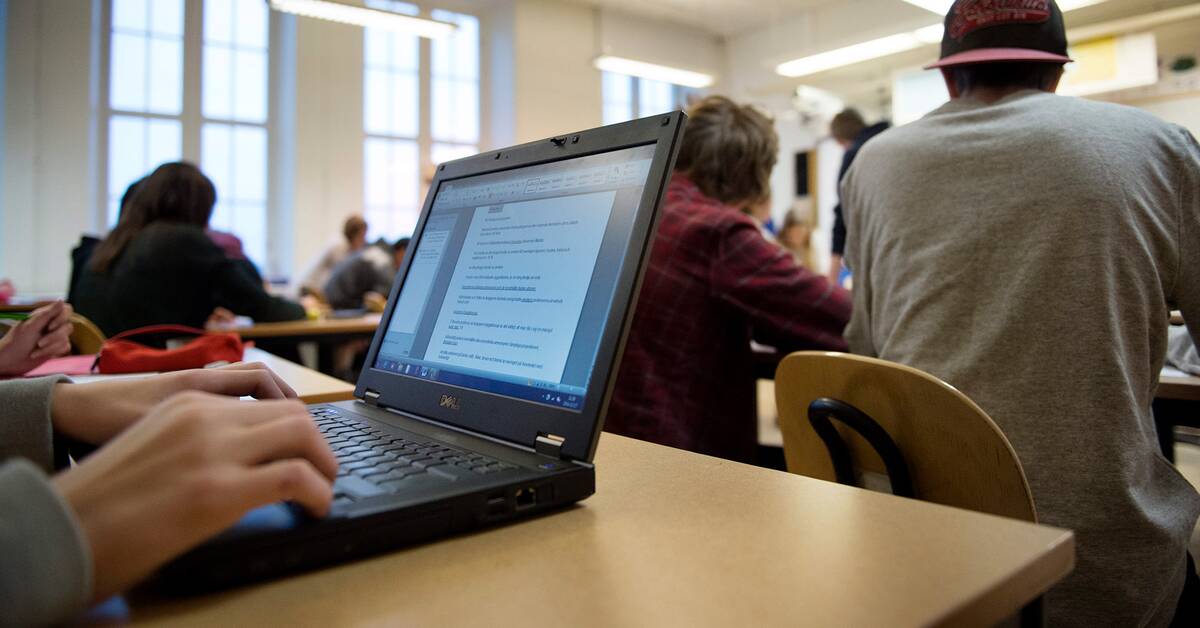The proportion of students who receive upper secondary school eligibility after completing compulsory school, in areas that according to Statistics Sweden have the most difficult economic conditions in Sweden, increased from 70 per cent in 2015 to 77 per cent last year.
It shows a survey that the radio has done with the help of figures from the National Agency for Education and Statistics Sweden.
At Hjulsta primary school in Stockholm municipality, upper secondary school eligibility increased among ninth-graders most in terms of schools in vulnerable areas.
Last year, 68 percent of the school's students graduated ninth grade with good enough grades to get high school eligibility - an increase of over 30 percentage points since 2015.
Still difference
- Above all, it is that you have very good teachers who put their teaching at the right level - a high level, says Andreas Kihlberg, deputy principal at Hjulsta primary school to Ekot.
Although an improvement is now visible in terms of upper secondary school eligibility at schools in vulnerable areas, there is still a big difference between these and schools in the rest of the country.
In the areas that, according to Statistics Sweden, have the best socio-economic conditions, 93 per cent of the students became upper secondary school graduates after the ninth grade last year.

